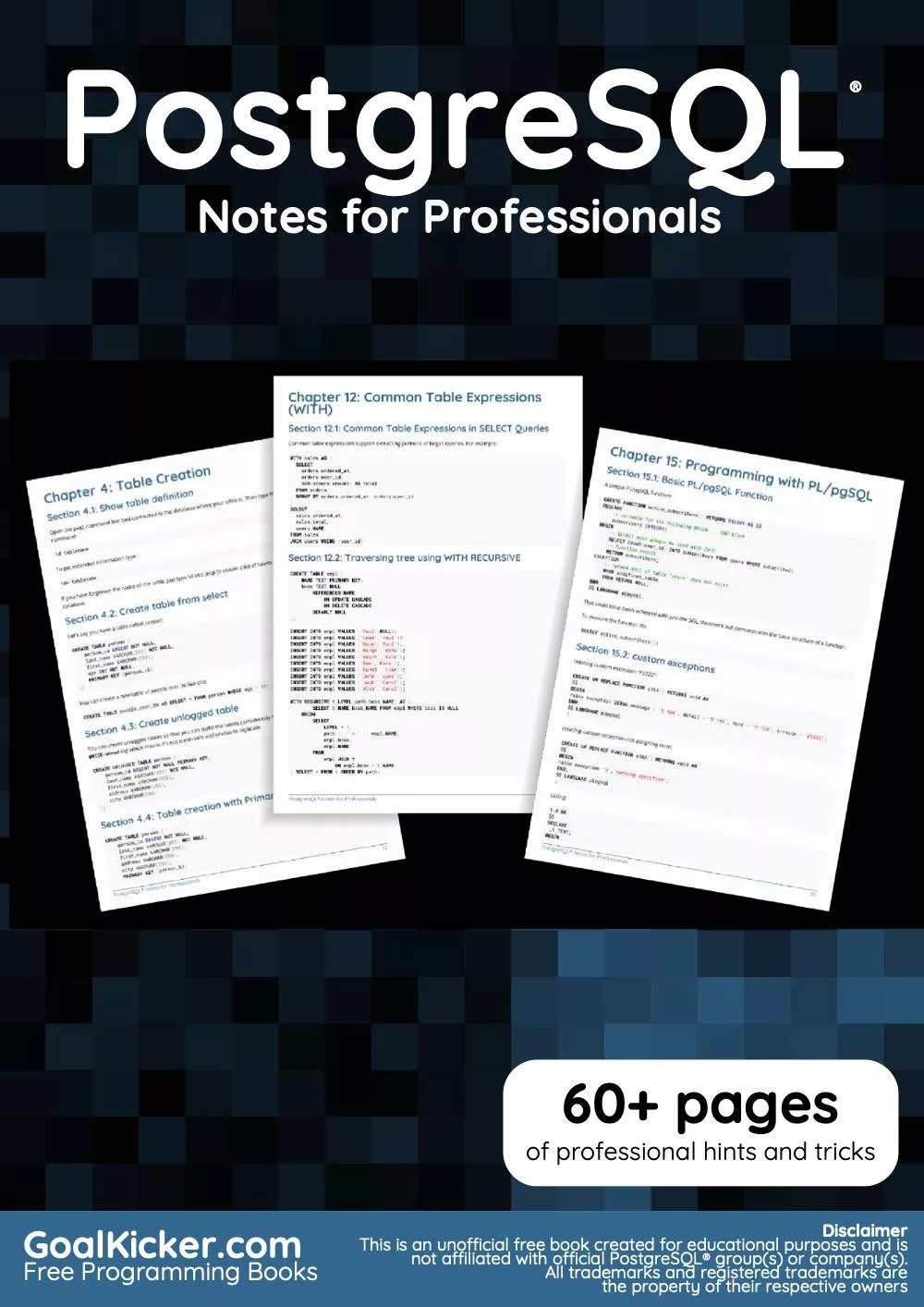
This book covers the JavaScript language and the JavaScript APIs implemented by web browsers. I wrote it for readers with at least some prior programming experience who want to learn JavaScript and also for programmers who already use JavaScript but want to take their understanding to a new level and really master the language and the web platform. My goal with this book is to document the JavaScript language and platform comprehensively and definitively. As a result, this is a large and detailed book. My hope, however, is that it will reward careful study, and that the time you spend reading it will be easily recouped in the form of higher programming productivity.
This book is divided into four parts. Part I covers the JavaScript language itself. Part II covers client-side JavaScript: the JavaScript APIs defined by HTML5 and related standards and implemented by web browsers. Part III is the reference section for the core language, and Part IV is the reference for client-side JavaScript. Chapter 1 includes an outline of the chapters in Parts I and II (see §1.1).
This sixth edition of the book covers both ECMAScript 5 (the latest version of the core language) and HTML5 (the latest version of the web platform). You’ll find ECMAScript 5 material throughout Part I. The new material on HTML5 is mostly in the chapters at the end of Part II, but there is also some in other chapters as well. Completely new chapters in this edition include Chapter 11, JavaScript Subsets and Extensions; Chapter 12, Server-Side JavaScript; Chapter 19, The jQuery Library; and Chapter 22, HTML5 APIs.
Readers of previous editions may notice that I have completely rewritten many of the chapters in this book for the sixth edition. The core of Part I—the chapters covering objects, arrays, functions, and classes—is all new and brings the book in line with current programming styles and best practices. Similarly, key chapters of Part II, such as those covering documents and events, have been completely rewritten to bring them up-to-date.
This book is divided into four parts. Part I covers the JavaScript language itself. Part II covers client-side JavaScript: the JavaScript APIs defined by HTML5 and related standards and implemented by web browsers. Part III is the reference section for the core language, and Part IV is the reference for client-side JavaScript. Chapter 1 includes an outline of the chapters in Parts I and II (see §1.1).
This sixth edition of the book covers both ECMAScript 5 (the latest version of the core language) and HTML5 (the latest version of the web platform). You’ll find ECMAScript 5 material throughout Part I. The new material on HTML5 is mostly in the chapters at the end of Part II, but there is also some in other chapters as well. Completely new chapters in this edition include Chapter 11, JavaScript Subsets and Extensions; Chapter 12, Server-Side JavaScript; Chapter 19, The jQuery Library; and Chapter 22, HTML5 APIs.
Readers of previous editions may notice that I have completely rewritten many of the chapters in this book for the sixth edition. The core of Part I—the chapters covering objects, arrays, functions, and classes—is all new and brings the book in line with current programming styles and best practices. Similarly, key chapters of Part II, such as those covering documents and events, have been completely rewritten to bring them up-to-date.































